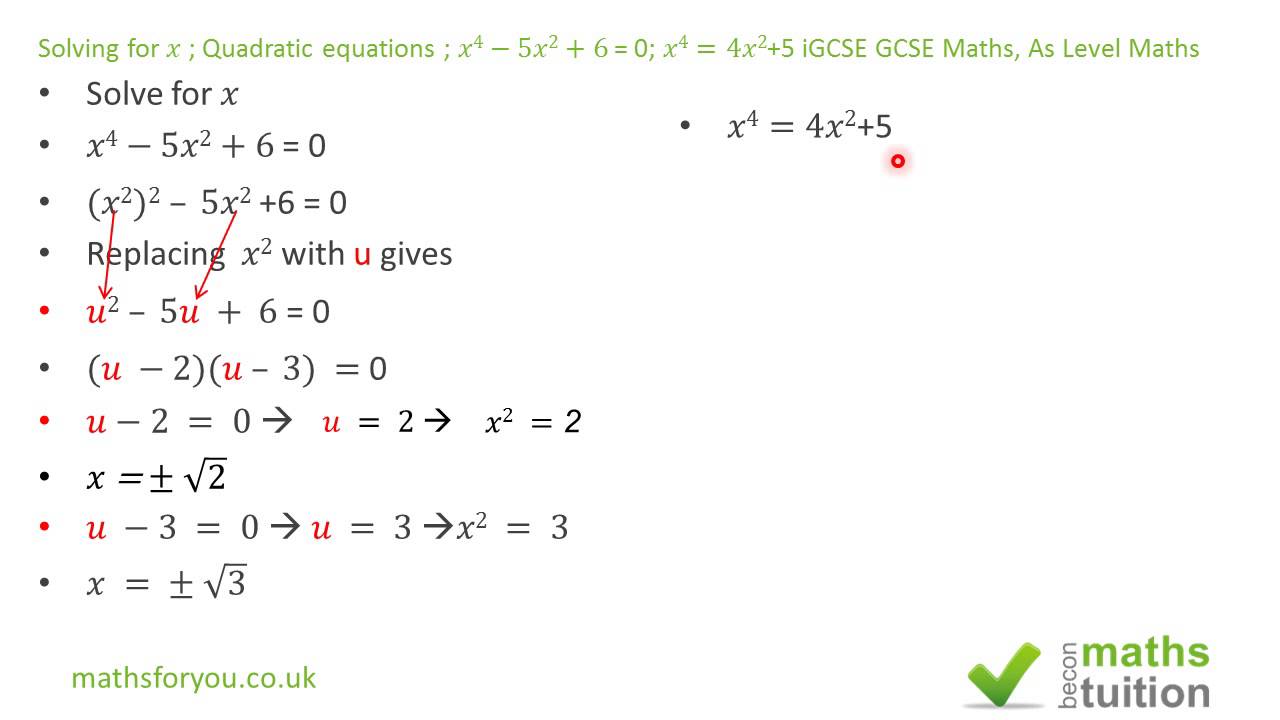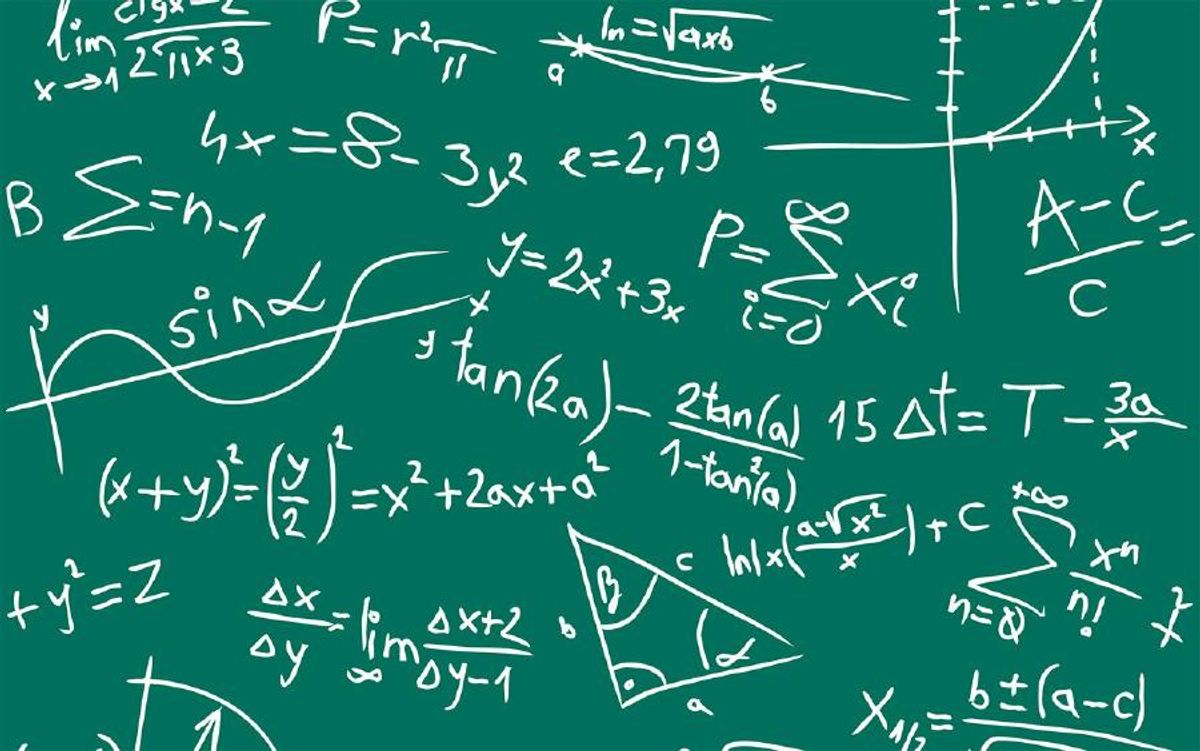
The Great Math Debate: 5 x 4 vs 4 x 5
As a child, I always loved math. There was something about the simplicity and logic of numbers that just made sense to me. But little did I know, a simple math problem would one day spark a heated debate among adults. The question at hand: is 5 x 4 equal to 20?
At first glance, the answer seems obvious. Of course, 5 x 4 is equal to 20. But, as it turns out, the context of the problem is crucial. The debate started when a photo of a grade school math test went viral. The test asked students to write the corresponding addition and subtraction problems for a given scenario. The scenario depicted four hands with five fingers each.
One student’s answer, 5 x 4 = 20, was marked incorrect by the teacher. The teacher wrote that the correct answer was 4 x 5 = 20. This sparked a heated debate among math enthusiasts, with some arguing that the teacher was correct and others claiming that the student’s answer was also correct.
The math equation at the center of the debate
So, who is right? From a purely mathematical standpoint, both answers are correct. The commutative property of multiplication states that the order of the factors does not change the result. Therefore, 5 x 4 is indeed equal to 20.
However, as one math enthusiast pointed out, the context of the problem is important. In this case, the problem is asking students to recognize the method behind the math. The correct answer, 4 x 5, is the one that follows the conventional method of multiplying the number of hands by the number of fingers on each hand.
 The math problem that sparked the debate
The math problem that sparked the debate
This debate highlights the importance of context in math problems. While the mathematical equation itself may be simple, the context in which it is presented can greatly impact the correct answer. As a math enthusiast, I appreciate the complexity of this problem and the opportunity to explore the nuances of math.
In conclusion, the great math debate of 5 x 4 vs 4 x 5 serves as a reminder that math is not always black and white. Context matters, and even the simplest problems can have complex solutions.















